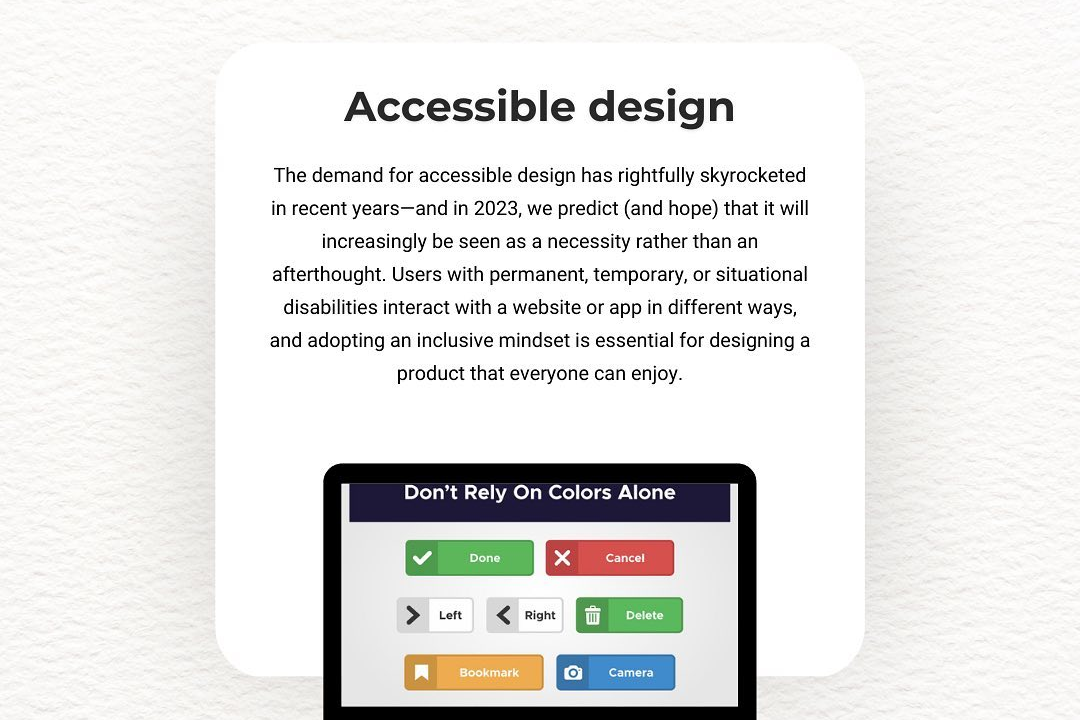Java Agile Practices
Agile Development Best Practices for Java
Java Agile Practices
Java Agile practices refer to the application of Agile methodologies and principles in the development process of Java-based software applications. Agile emphasizes iterative development, collaboration, and flexibility, allowing teams to adapt to changing requirements and deliver value incrementally. In Java projects, Agile practices often include frequent integration and testing using tools such as Jenkins, Gradle, or Maven, utilizing frameworks like Spring or Java EE to support rapid development cycles. Agile teams typically engage in regular stand-up meetings, sprint planning, and retrospectives, fostering communication and continuous improvement. Additionally, practices such as Test-Driven Development (TDD) and Behavior-Driven Development (BDD) are commonly employed to ensure high code quality and responsiveness to user needs, aligning development closely with business goals.
To Download Our Brochure: https://www.justacademy.co/download-brochure-for-free
Message us for more information: +91 9987184296
1 - Iterative Development: Agile promotes iterative work cycles, allowing teams to develop software in small, manageable increments. This approach helps to refine features based on user feedback.
2) Collaborative Approach: Agile emphasizes teamwork. Developers, QA testers, and stakeholders collaborate throughout the project lifecycle, ensuring everyone is aligned with project goals.
3) Daily Stand up Meetings: These brief daily meetings help the team synchronize and discuss progress, obstacles, and plans for the day, fostering transparency and accountability.
4) User Stories: In Agile, requirements are often captured as user stories that describe features from the end user's perspective, focusing on the value delivered to the customer.
5) Test Driven Development (TDD): This practice involves writing automated tests before writing the corresponding code, ensuring that the code meets requirements and remains reliable as it evolves.
6) Continuous Integration (CI): Agile promotes frequent integration of code changes into a shared repository, allowing for automatic testing to identify issues early in the development process.
7) Continuous Delivery (CD): This practice stretches the CI concept further, enabling easy and reliable deployment of code changes to production. Teams can efficiently release software with minimal manual intervention.
8) Refactoring: Regularly improving the codebase without changing its external behavior is essential for maintaining high code quality. This practice prevents code decay and promotes maintainability.
9) Retrospectives: At the end of each iteration, teams hold retrospective meetings to reflect on what worked well and what didn't. This fosters a culture of continuous improvement.
10) Prioritization of Work: Agile emphasizes the importance of prioritizing tasks and features based on business value, enabling teams to focus on delivering the most critical functionalities first.
11) Customer Feedback Loops: Engaging with users and gathering feedback after each iteration helps ensure that the software meets user needs and evolves correctly based on real world input.
12) Cross Functional Teams: Agile teams often consist of members with diverse skills—developers, testers, designers—enabling them to handle all aspects of software development collaboratively.
13) Kanban/Scrum Methodologies: Students will learn about frameworks like Scrum and Kanban that structure Agile practices, allowing for improved workflow and process management.
14) Sustainable Pace: Agile encourages teams to maintain a work pace that is sustainable in the long term. This reduces burnout and enhances productivity and morale.
15) Customer Collaboration: Agile values working closely with customers over contract negotiation, ensuring the product evolves according to changing needs and requirements.
16) Documentation: While Agile methodologies prioritize working software, they still value enough documentation to keep everyone informed and ensure that knowledge is preserved.
17) Adaptability: Agile teams are encouraged to adapt their processes and practices based on project needs and changing environmental factors, allowing for responsiveness to new challenges.
18) Agile Coaching: Training programs can incorporate the concept of Agile coaching, where experienced practitioners guide teams in adopting Agile practices effectively.
19) DevOps Integration: The shift towards integrating development and IT operations to ensure continuous delivery and deployment is becoming a crucial Agile practice that students should understand.
20) Agile Metrics: Monitoring key metrics (like velocity and burn down charts) helps teams measure progress and efficiency, providing valuable insights for continuous improvement.
These points together create a comprehensive overview of Java Agile practices that can form the basis of a training program, helping students understand the methodologies and techniques that drive successful software development in Agile environments.
Browse our course links : https://www.justacademy.co/all-courses
To Join our FREE DEMO Session: Click Here
Contact Us for more info:
- Message us on Whatsapp: +91 9987184296
- Email id: info@justacademy.co












